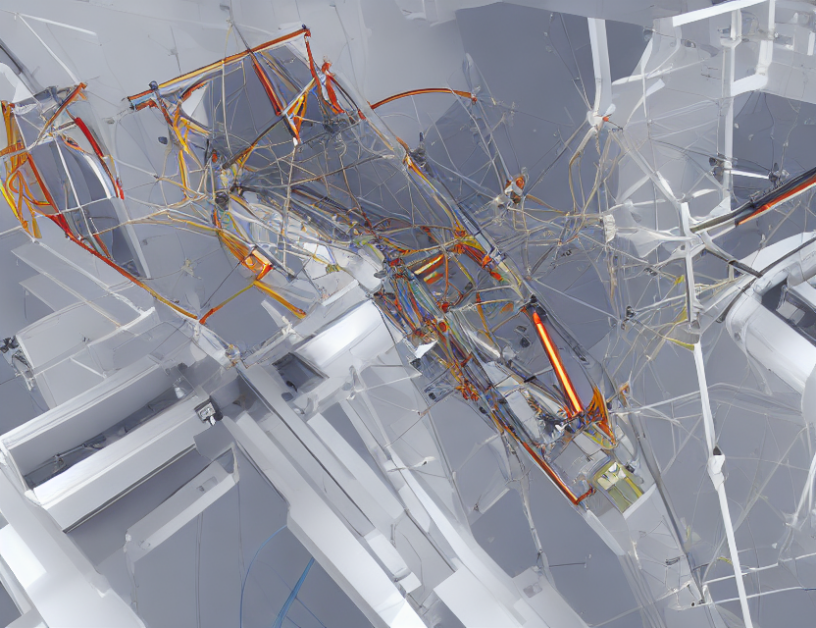Lithium niobate (LN) waveguides have gained significant attention in recent years due to their potential for acousto-optic modulation. In this article, we delve into the world of Brillouin scattering and explore how it can be utilized in LN waveguides to manipulate light pulses with unparalleled precision. By leveraging surface acoustic waves (SAWs), researchers have successfully demonstrated the ability to modulate optical signals at will, opening up new avenues for photonic device development.
The Magic of Brillouin Scattering
In simple terms, Brillouin scattering is a process where an acoustic wave interacts with light, causing the light’s frequency to change. This phenomenon occurs when the acoustic wave propagates through a material, such as LN, at a speed that matches the light’s wavelength. By carefully designing the acoustic wave’s properties, researchers can tailor the Brillouin scattering effect, allowing them to manipulate the light’s phase and amplitude with remarkable accuracy.
Acousto-Optic Modulation: The Key to Photonic Control
So, how does this magic work in LN waveguides? To understand this, let’s first consider the pump and probe laser beams that are used in the experiment. By carefully tuning these lasers to the same frequency as the acoustic wave, researchers can create an "optical microphone" effect, where the Brillouin scattering process converts the light’s energy into acoustic waves. This interaction is what enables the modulation of the optical signal.
The beauty of this approach lies in its precision. By carefully controlling the acoustic wave’s properties, researchers can manipulate the Brillouin frequency, allowing them to fine-tune the optical signal’s phase and amplitude with unparalleled accuracy. This level of control is crucial for advancing photonic devices, as it enables scientists to create more complex systems that can perform multiple tasks simultaneously.
The Future of Photonics: Innovations and Challenges
So, what does this breakthrough mean for the future of photonics? On the one hand, the ability to manipulate light pulses with such precision opens up new avenues for device development, enabling the creation of complex systems that can perform multiple tasks simultaneously. On the other hand, there are still significant challenges to overcome before this technology can be widely adopted.
One of the main obstacles is scaling down the size of the acoustic waves to match the wavelength of light. Currently, the largest Brillouin frequency achieved in LN waveguides is around 20 GHz, which is still limited by the material’s properties. To overcome this limitation, researchers need to develop new materials or structures that can support higher-frequency acoustic waves.
Another challenge is the loss of light intensity during the Brillouin scattering process. As the light signal interacts with the acoustic wave, some of its energy is dissipated, which reduces the signal’s intensity. To overcome this limitation, researchers need to develop new techniques for reducing the loss of light intensity during the Brillouin scattering process.
Conclusion
In conclusion, the ability to manipulate light pulses with unparalleled precision through acousto-optic modulation in LN waveguides is a groundbreaking discovery that has the potential to revolutionize the field of photonics. While there are still challenges to overcome before this technology can be widely adopted, the progress made so far is a testament to the power of interdisciplinary research and collaboration. As scientists continue to push the boundaries of what is possible, we can expect to see new and innovative applications of this technology emerge in the years to come.



